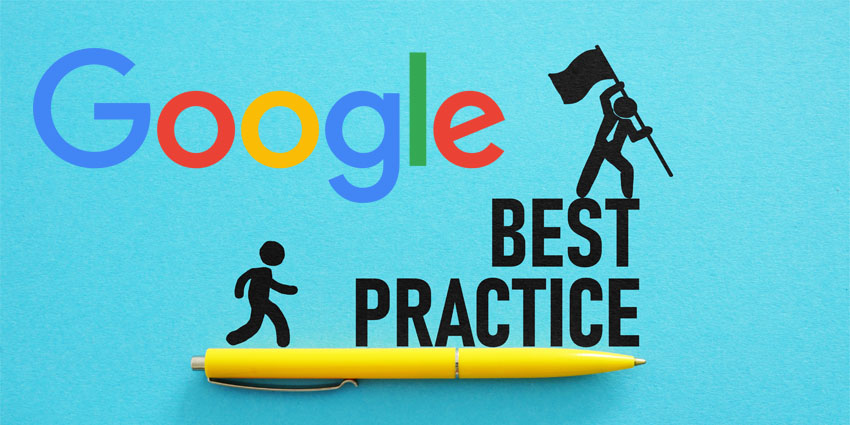Collaboration tools like Google Workspace have changed workplace productivity, but they also bring fresh security challenges. With sensitive company data stored on Gmail, Drive, and Meet, IT leaders must take a proactive approach to security. Cybercriminals continue to evolve their attack methods, targeting businesses with phishing, account takeovers, and data breaches.
While Google Workspace offers robust security features out of the box, ensuring optimal protection requires IT teams to configure and enforce the right policies. A poorly secured instance of Google Workspace can expose organisations to compliance risks, financial losses, and reputational damage. This guide breaks down 10 absolutely invaluable security strategies to support IT leaders in strengthening their organisation’s defences.
- 10 Underrated Google Workspace Features to Elevate Collaboration and Productivity
- Google Workspace Guide: What is Google Workspace and Is it Right for Your Business?
Enforce Multi-Factor Authentication
Passwords alone are no longer sufficient to protect user accounts. Enforcing multi-factor authentication (MFA) across Google Workspace adds an extra layer of security by requiring users to verify their identity using a second factor, such as a security key or an authentication app.
IT leaders should mandate MFA for all users, especially those with admin privileges, and look at enforcing hardware-based security keys for maximum protection. Google’s Advanced Protection Program grants additional safeguards for high-risk accounts.
Implement Zero Trust Access Controls
A zero-trust security model assumes that no user or device should be automatically trusted, even if they are inside the corporate network. IT teams should enforce strict identity and device verification policies within Google Workspace to prevent unauthorised access.
Key steps include enforcing strong password policies, requiring device compliance checks before granting access, and limiting access to sensitive data based on job roles.
Configure Data Loss Prevention Policies
Data loss prevention (DLP) policies help protect sensitive information from being inadvertently or maliciously shared. Google Workspace allows IT admins to produce custom rules to prevent employees from sending confidential data outside the organisation, such as financial records or customer information.
By configuring DLP for Gmail and Drive, organisations can prevent data leaks and ensure compliance with regulatory requirements such as GDPR.
Leverage Google Workspace Security Centre
Google Workspace Security Centre provides IT leaders with a centralised dashboard to monitor security insights, detect threats, and respond to incidents. It offers advanced analytics, threat intelligence, and recommendations to bolster security posture.
IT teams should regularly review security alerts and take action on any suspicious activity to prevent potential breaches.
Enable Advanced Phishing and Malware Protection
Phishing remains one of the most common attack vectors targeting Google Workspace users. Google’s AI-driven phishing protection detects and blocks malicious emails before they reach inboxes.
IT leaders should enable enhanced phishing and malware protection in Gmail, activate attachment and link scanning, and educate employees on recognising phishing attempts.
Monitor and Audit Admin Activities
Admins preserve the keys to an organisation’s Google Workspace environment, making their accounts prime targets for attackers. IT leaders must strictly monitor admin activities using Google Workspace audit logs.
Setting up alerts for suspicious behaviour, such as changes to security settings or unauthorised data exports, helps prevent insider threats and compromised accounts.
Enforce Endpoint Management
With employees accessing Google Workspace from various devices, securing endpoints is critical. Google Endpoint Management allows IT teams to enforce security policies, such as requiring device encryption, blocking unapproved devices, and remotely wiping lost or stolen devices.
Implementing endpoint management ensures that only secure, compliant devices can access corporate data.
Use Context-Aware Access
Context-aware access allows IT teams to dynamically adjust security policies based on user identity, location, and device risk. For example, users logging in from an untrusted country or an unmanaged device may be required to complete additional authentication steps or be denied access altogether.
IT leaders can strengthen security without disrupting user experience by implementing context-aware access.
Regularly Review Third-Party App Access
Third-party apps can boost productivity, but they also introduce security risks. Employees may unknowingly grant excessive permissions to third-party apps, potentially exposing sensitive corporate data.
IT leaders should regularly review third-party app permissions in Google Workspace and block or restrict access to high-risk applications. Using OAuth token audits assists in identifying and revoking unnecessary app access.
Automate Security Incident Response
Manually responding to security threats can be slow and ineffective. Google Workspace allows IT teams to automate security responses using rules and workflows that detect suspicious activity and take predefined actions.
For example, automatic alerts can be triggered when an unusual login attempt is detected, or a compromised account can be temporarily suspended until reviewed by IT. Automation ensures rapid response to security incidents, minimising potential damage.
Conclusion: Future-Proofing Google Workspace Security
Security in Google Workspace is not a one-time effort—it requires continuous monitoring, policy enforcement, and user education. By implementing these 10 best practices, IT leaders can critically protect their organisation’s sensitive data, maintain compliance, and reduce the risk of cyber threats.
As Google continues to refine its security features, IT teams can stay informed and adapt their security strategies accordingly. A proactive approach will ensure that Google Workspace remains a secure and reliable platform for business collaboration.
- Compare the Google Meet Premium Tiers and Features
- Gemini Pricing: Everything You’ll Pay for Google Gemini
Join the UC Community That’s Shaping the Future
Connect with thousands of UC pros, share your voice, and stay ahead of the curve. Be heard, be inspired, and help shape what’s next in Unified Communications. Join the conversation today.







